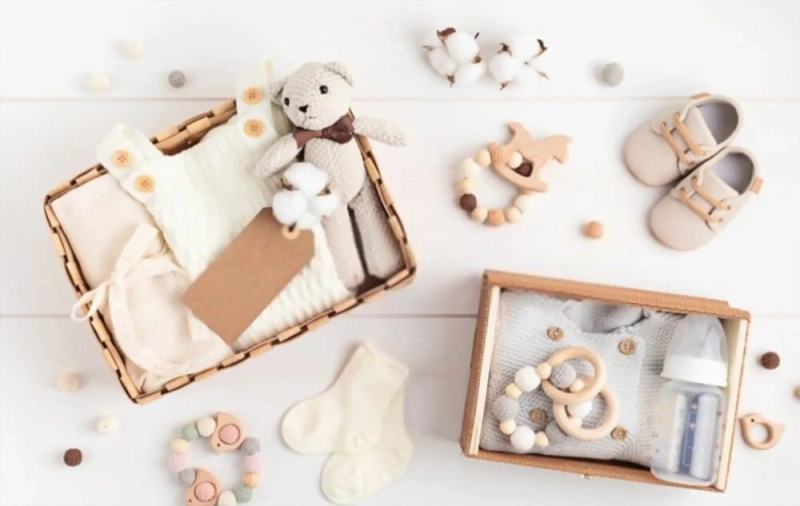Top Tips for Buying Baby Clothes
Whether you\'re buying baby clothes for your own little bundle of joy or you\'re a parent looking for baby gift ideas, here are some ...


Whether you\'re buying baby clothes for your own little bundle of joy or you\'re a parent looking for baby gift ideas, here are some ...

